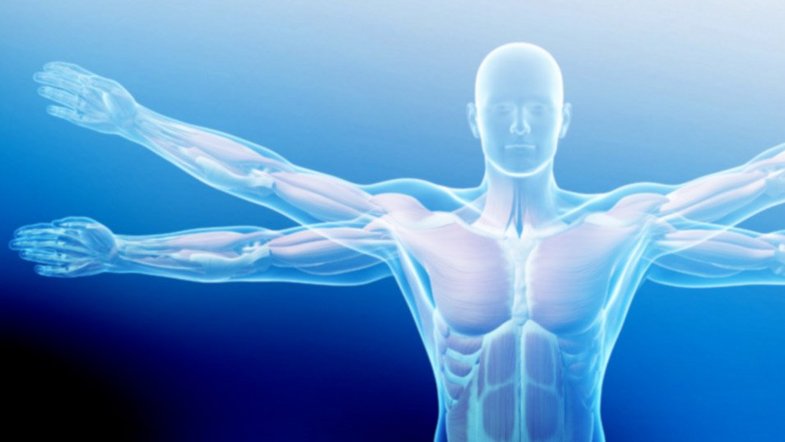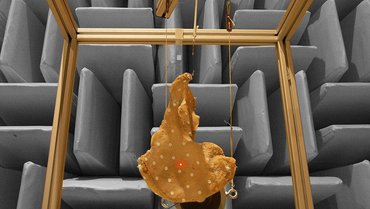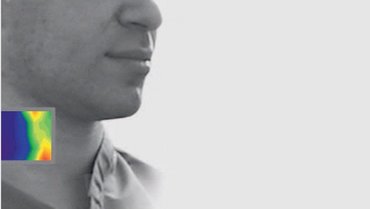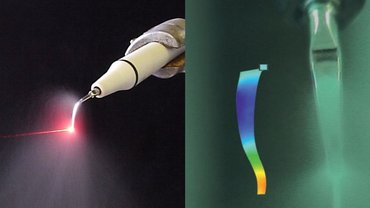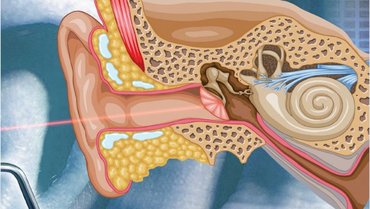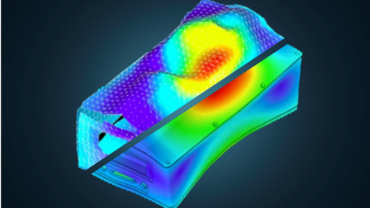Studying vibration and acoustics of natural processes
For researchers and developers from biology, medicine, medical technology and many other specialist fields, Polytec’s vibrometers are indispensable tools for investigating natural dynamic processes and optimizing technical products. In biology, optical vibrometry helps to understand biological and physiological processes in a non-contact and reactionless way as well as to conduct research into various species’ hearing mechanisms. The technology is economically relevant too – in that it can be used to determine fruit ripeness or to enable completely chemical-free pest control for crops. In medical technology, vibrometers are used both to record physiological processes and to investigate sound conduction and transduction from the eardrum to the inner ear for optimizing measurement and diagnostic methods, as well as for developing more effective and reliable healthcare products.
Laser vibrometry focusing on the small details
Characterize small and delicate structures in a non-contact way. Analyze vibration, acoustics and dynamics. Measure biomedical samples, electronics components and microstructures like MEMS by light, without mass-loading, and from DC up to the GHz range on a large bandwidth. Laser vibrometers focus on the small details, measuring deflection shapes for model validation. They assess the frequency response and determine resonance frequency, impulse response and Q factor. No matter how big or small – Polytec vibrometers measure it!
